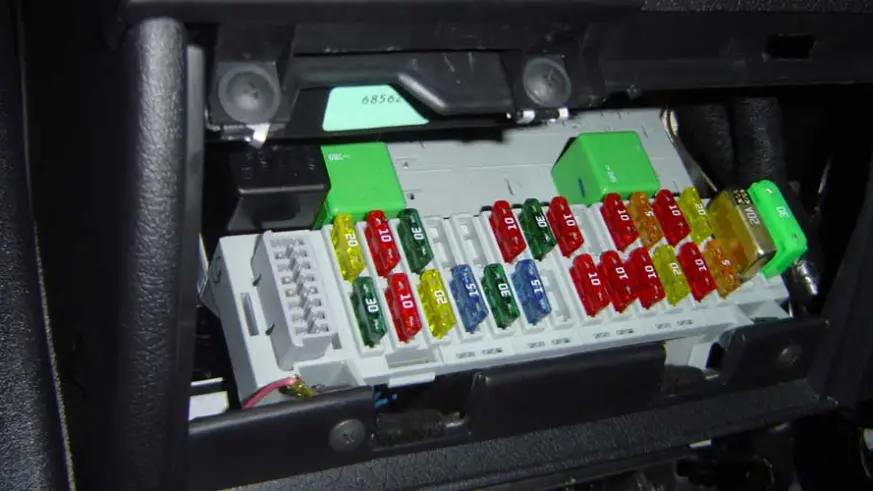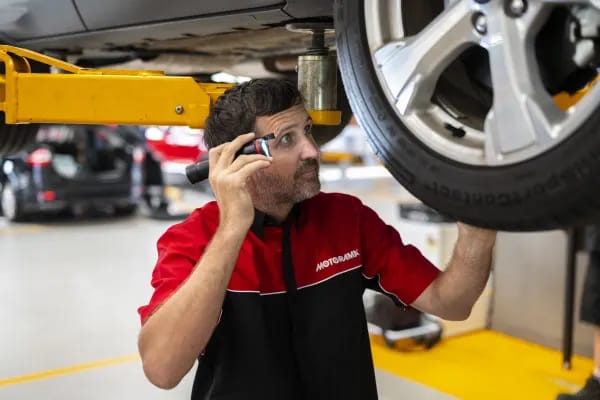
How To Change A Fuse
Posted in Servicing Insights
How To Change A Fuse
Changing a fuse is one of the easiest ways to maintain your car.
So how do you do it?
Cars have increasingly complex electrical systems, when you consider you have to run a full entertainment system, lights of varying brightness both in and out of the cabin as well as comfort and convenience features like electric seats, powered sunroofs and many other things we now expect as standard on a new car, like a USB socket.
Even older cars have a radio and lights – which may not be as efficient as modern LEDs – leading to a pretty busy job for the wiring in any car. Because of this, car designers put in fuses to protect the car from suffering a complete breakdown if one electrical component breaks.
Fuses are put in cars to stop stress on the cars wiring which is already delivering power from the battery to everything from the in-dash clock to the engine control unit that keeps your car running safely. A fuse is designed to allow a certain amount of electricity through that is enough to power whatever is needed, but not enough that other components can’t draw from the battery.
For example, let’s say your car’s headlights use 15-amp fuses, but something happens where the battery sends more electricity through the wire to the left headlamp. Rather than cause a bigger, more expensive problem, the fuse will cut the supply to the affected headlamp.

To change a fuse is a simple procedure. First, locate the correct fuse box in your car’s manual or handbook, most cars have two fuse boxes: one in the engine bay that controls major components like the cooling fans or headlights, and another inside the cabin (usually concealed behind panelling; such as behind the glove box, or beneath the steering wheel) that has fuses for in-cabin devices and switches.
You can see a detailed diagram of fuse locations in your cars manual, which will tell you where to find a specific fuse.
Then, make sure the car is off, with the keys out of the ignition. To avoid any accidents, you can disconnect the battery before you attempt to change the fuse, especially if your car has a push-button start system that may have already primed your car’s electrics because the keys are nearby.
Take note of what amperage the fuse is, they’re colour-coded to show the difference, and will often have a number written on top to make it easier to identify what fuse you need. It’s important that you replace a fuse with the same type and amperage in order for the fuse to work. Using a needle nosed tweezers or small pliers, pull out the blown fuse, and replace with a fresh fuse.
To check if the fuse has blown, look at the casing, which should be translucent to show you the fuse inside. If the conductor is unbroken, then the fuse may still be fine – and it may be something else causing the problem. If the conductor has split, then the fuse can’t conduct electricity anymore, and you’ll obviously need to replace it.
Fuses are one of the cheapest components for a car, and you can pick them up anywhere that sells basic car maintenance equipment. Some cars have spare fuses in different amperages stored in the fuse box, so you’re not stranded – these are usually outlined in the cars manuals in the fuse locations section.



